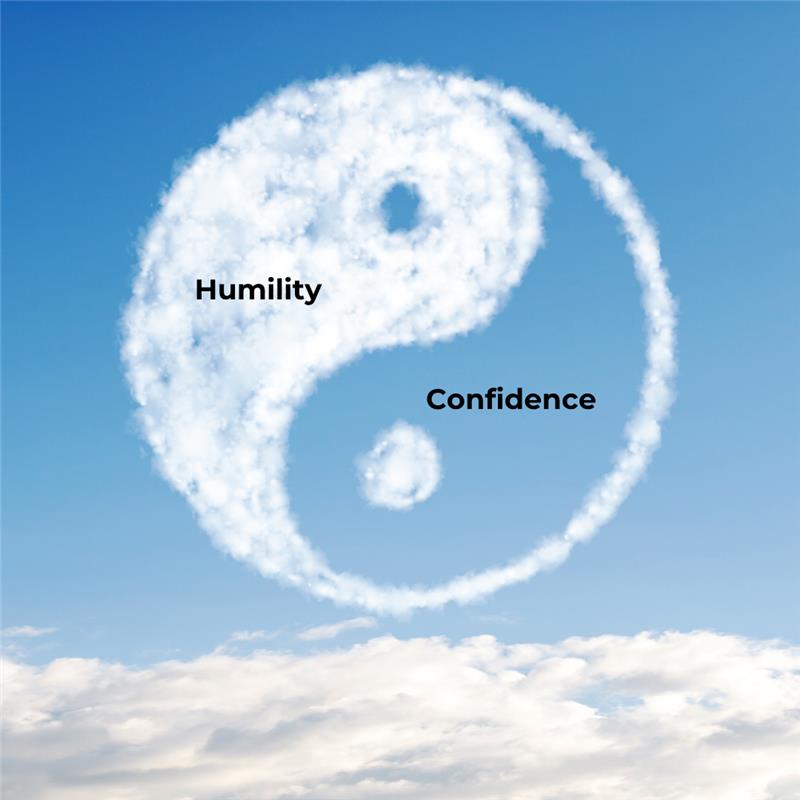If you feel that the effectiveness of your team is one of your top priority, then you are not alone. In today’s rapidly evolving business landscape, the success of any organization hinges on its ability to form and nurture high-performance teams. A high-performance team isn’t just a group of talented individuals. It’s a cohesive unit that collaborates seamlessly, leverages each member’s strengths, and consistently delivers exceptional results. This is even supported by neuroscience!
There are many definitions of workplace teams, based on the author, researcher, or publication. However, we use a commonly accepted definition in the field of organizational behavior and management:
A team is an interdependent collection of individuals who work together towards a common goal and who share responsibility for specific outcomes of their organizations.
Katzenback & Smith, The Wisdom of Teams, 2015.
Creating a top-notch team takes time and effort, but it guarantees a high pay-off. It involves constant work, good communication, a commitment to excellence, and awareness. Therefore, to help evaluate and improve your team, you can use team effectiveness models. These models are useful tools for HR managers and team leaders because they provide an objective way to assess how well your team is functioning.
By conducting a team assessment using a team effectiveness model, you can pinpoint areas where your team could improve. Thus, you understand your team better and identify ways to support their growth. With the insights gained from the assessment, you can develop strategies to turn your team into a high-performing one.
Pssss: as part of our reseach on team effectiveness we are giving a limited number of free team assessments and feedbacks. Check our program!
The Success Factors for Team Effectiveness
As part of our research project on the most effective team effectiveness models, we looked into the success factors of each model as well as the intended application scenarios. The models we researched were:
- The GRPI model of team effectiveness (introduced by Richard Beckhard in 1972 and later popularized by Irwin Rubin, Mark Plovnick, and Ronald Fry).
- The Hackman team effectiveness model (introduced by J. Richard Hackman, who started studying teams in the 1970s as a pioneer in the field of organizational behavior)
We also took into account the results of Google’s “Project Aristotle”, where the goal was to answer the question: “What makes a team effective at Google?”.
The Human Edge Team Effectiveness Model
As a result of our research, Human Edge has designed a new team effectiveness model. It merges the key components of the above models and reflects the findings of our research. Morover it condenses our experience of setting up, building, leading, and developing high-performing teams.

Whether it is a start-up team, an already existing team, or a senior team, the foundation on which effective teams are built is a solid structure consisting of the four components listed below:
- Compelling Direction: A clear strategy, vision, and shared team purpose along with each team member seeing their contributions as meaningful and impactful.
- Objectives & Priorities: Well established and aligned objectives and priorities, that are regularly reviewed for changing conditions.
- Team Structure & Clarity: Cleary defined roles and responsibilities which match people’s talent to the task. Shared goals along with associated KPI, with workflows and processes fully in place to support the team in achieving their goals.
- Team Protocols: Clearly established governance for decision making, meeting cadence, sharing of information, and communication, with team members holding each other accountable as the norm.
Without this foundation, you do not have a functional team, not to mention an effective team. If one of the key components is missing or only vaguely satisfied, the chances that the team is performing above average is slim and unsustainable. However, even if your team is satisfying all four of these foundational components, there are still important ingredients or enablers needed in order to be able to level up to a high-performing team.
Enablers of team effectiveness
Based on our recent research and our extensive experience working with teams over the past three decades, we have identified four enablers. Indeed, they are the most important foundations of team effectiveness.
Team Allegiance: This refers to the emotional and mental commitment of team members to the team’s purpose and direction.
External Support: It involves the clear mandate given to the team by the organization, along with access to the necessary resources, both internal and external, to ensure effective performance.
Team Climate: Here, team members provide feedback to ensure that the leadership style aligns with the goal of creating a high-performance team.
Inter- and Intrapersonal Relationships: This is the bond that binds the team together. Therefore, it encompasses how team members care for each other, interact, provide feedback, and foster healthy relationships among themselves.
Just like an organism with eight vital organs, a team functions best when all these aspects are healthy and nurtured. However, if one or more of these elements are neglected or dysfunctional, the team’s performance may suffer. Consequently, this may result in erratic behavior or sluggish progress.
A matter of trust and safety
The healthy existence of a team is crucial, akin to oxygen for organisms. Moreover, psychological safety and trust are vital for a team to reach its full potential. Indeed, these elements serve as key indicators of high-performing teams.
When psychological safety and trust are present, team members feel empowered to speak up and take risks. Moreover, trust levels are high among team members, fostering a supportive environment where vulnerability is embraced.
Psychological safety and trust are not static; they are the dynamic oxygen of relationships. Thus, high levels of these factors enable high performance, while low levels hinder it. Besides, building and nurturing psychological safety and trust is essential, akin to tending to a plant. It requires ongoing contributions from all team members and regular monitoring and adjustments to maintain its health.
Conclusions
In conclusion, building effective teams on a solid structured foundationis a critical step for organizations seeking sustained success. The Human Edge Team Effectiveness model and linked team assessment offers a holistic approach. Indeed, they evaluate team effectiveness potential considering multiple dimensions and providing valuable feedback. Consequently, by implementing this team assessment, organizations can cultivate a strong team-building culture. And they will foster effective, high-performing teams.





